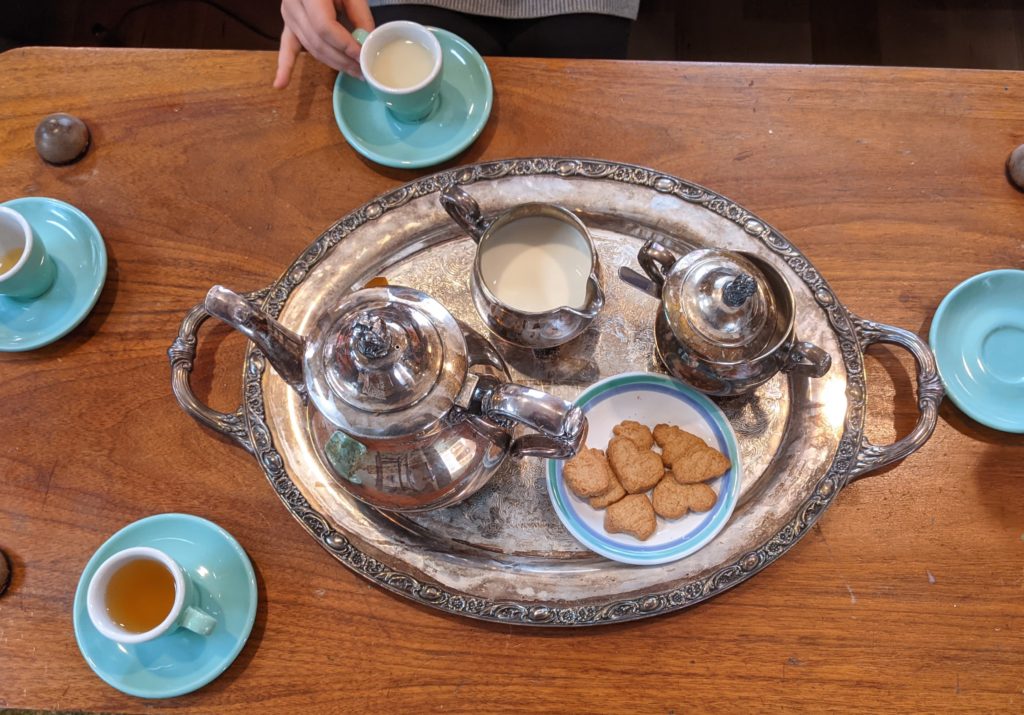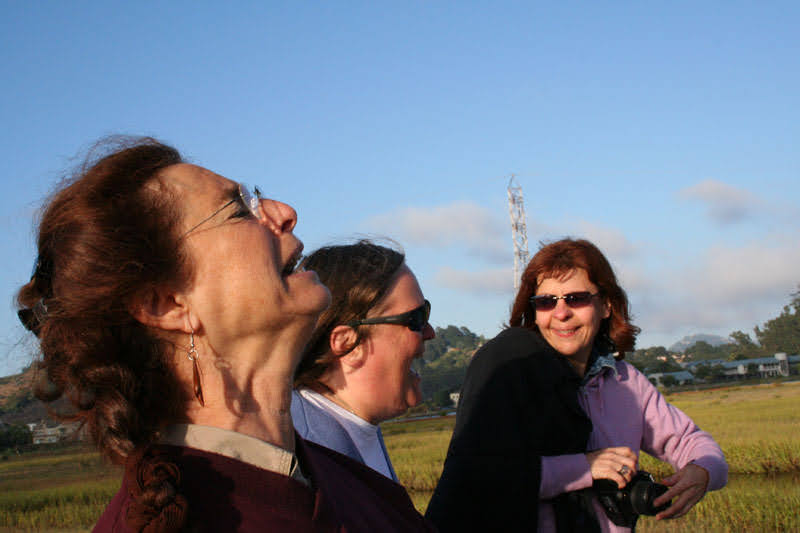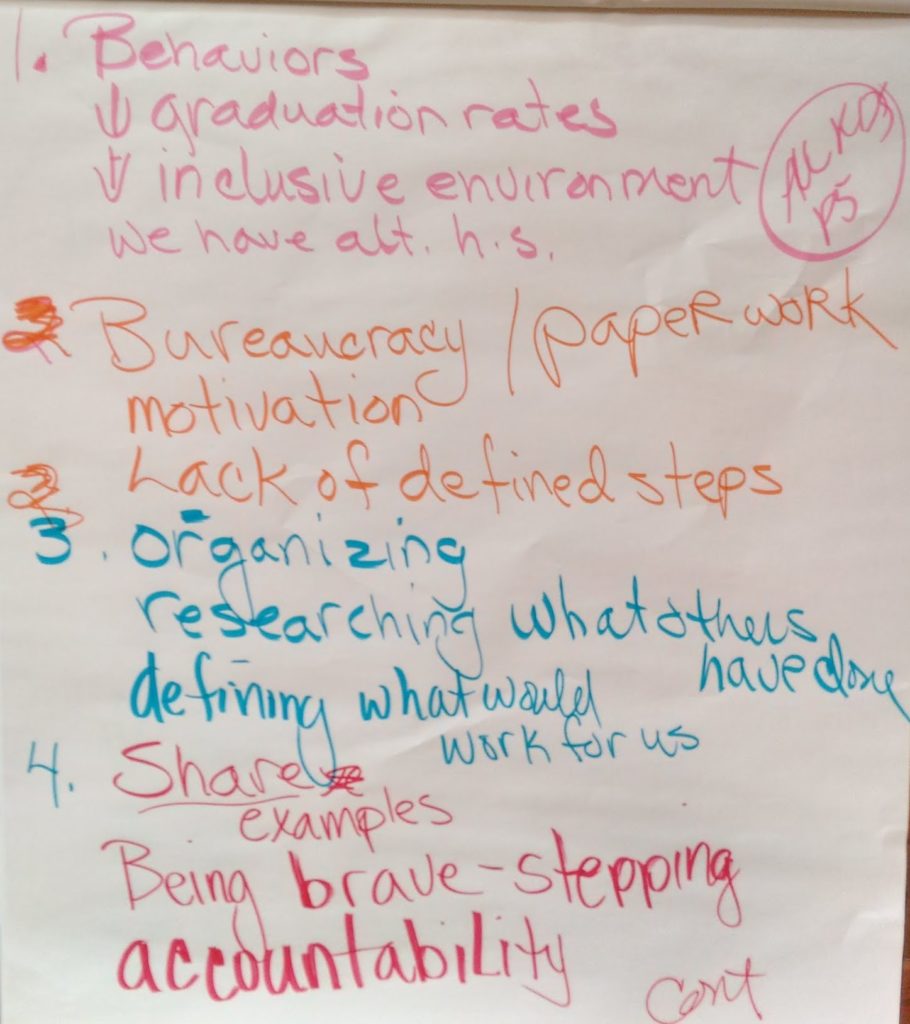In April of 2014, one of my friends (and fellow blog writer/reader) Ton Zylstra wrote about making as a communal process. (Sorry Ton, it landed in the drafts and languished there until today!)
In the digital age, we add to the mix connectivity, the ability to both make objects, make tools to make those objects and make connections with other makers. Living today, in 2022, in a highly individualistic country, I grasp for more of the communal. With the pandemic, I probably hew more to solitary work. So revisiting Ton’s post has given me food for thought.
…making is a communal process. Communal both in its source of knowledge and inspiration, as well as in the context and rationale of where the stuff you made is put to use. Process, as in the full cycle from awareness of issues, ideation, and creation, all the way to application, impact, and sharing the resulting insights again.
Seeing making as an individual act towards a solitary object obscures the layered richness making in the digital age is an expression of. A maker is not doing DIY, but a maker becomes a bridge or boundary spanner between his own local community and other wider global communities, as well as becomes a community hacker.
Ton Zylstra
via Making as a Communal Process vs Individual Act | Interdependent Thoughts.
As a little side bar, from a later draft came the link to a piece on why we tend to value art created by an individual, versus a group. Artists Working Solo Create the Finest Work – Pacific Standard: The Science of Society.




